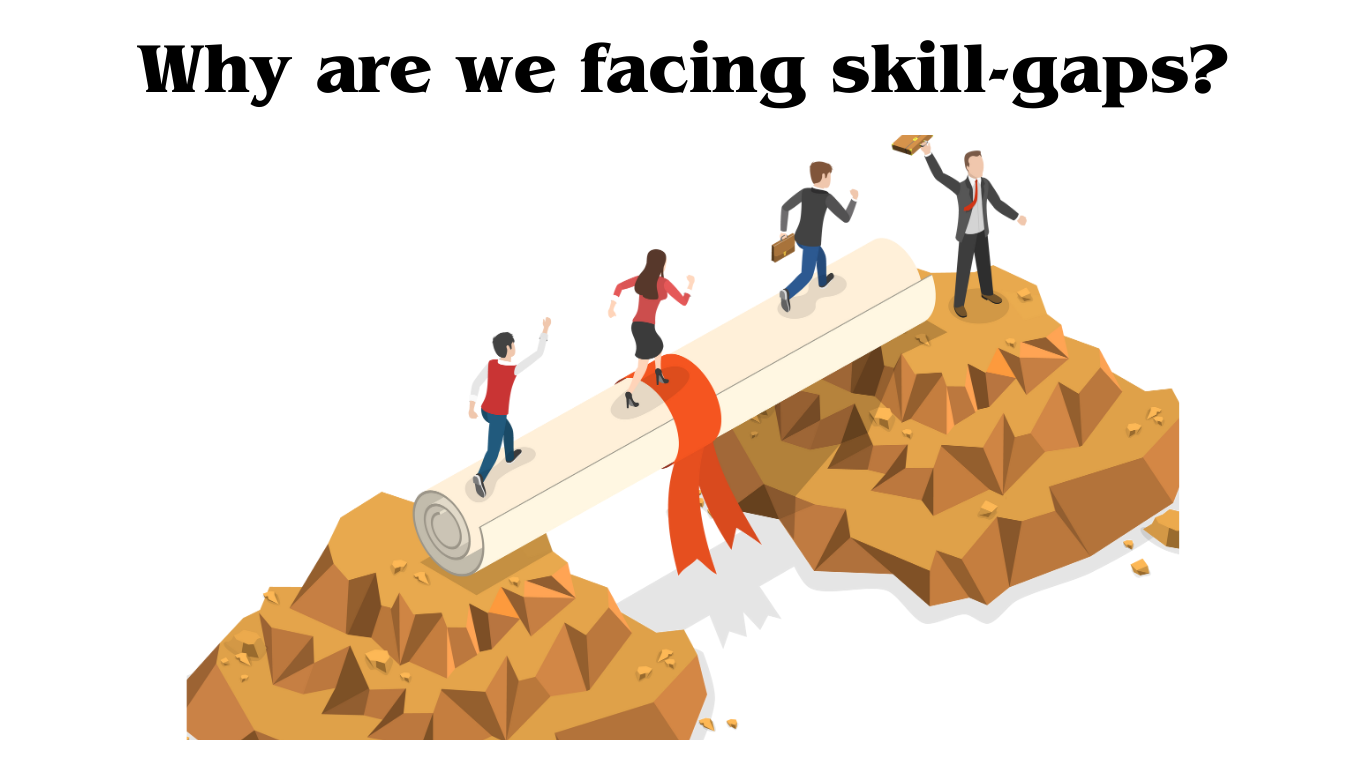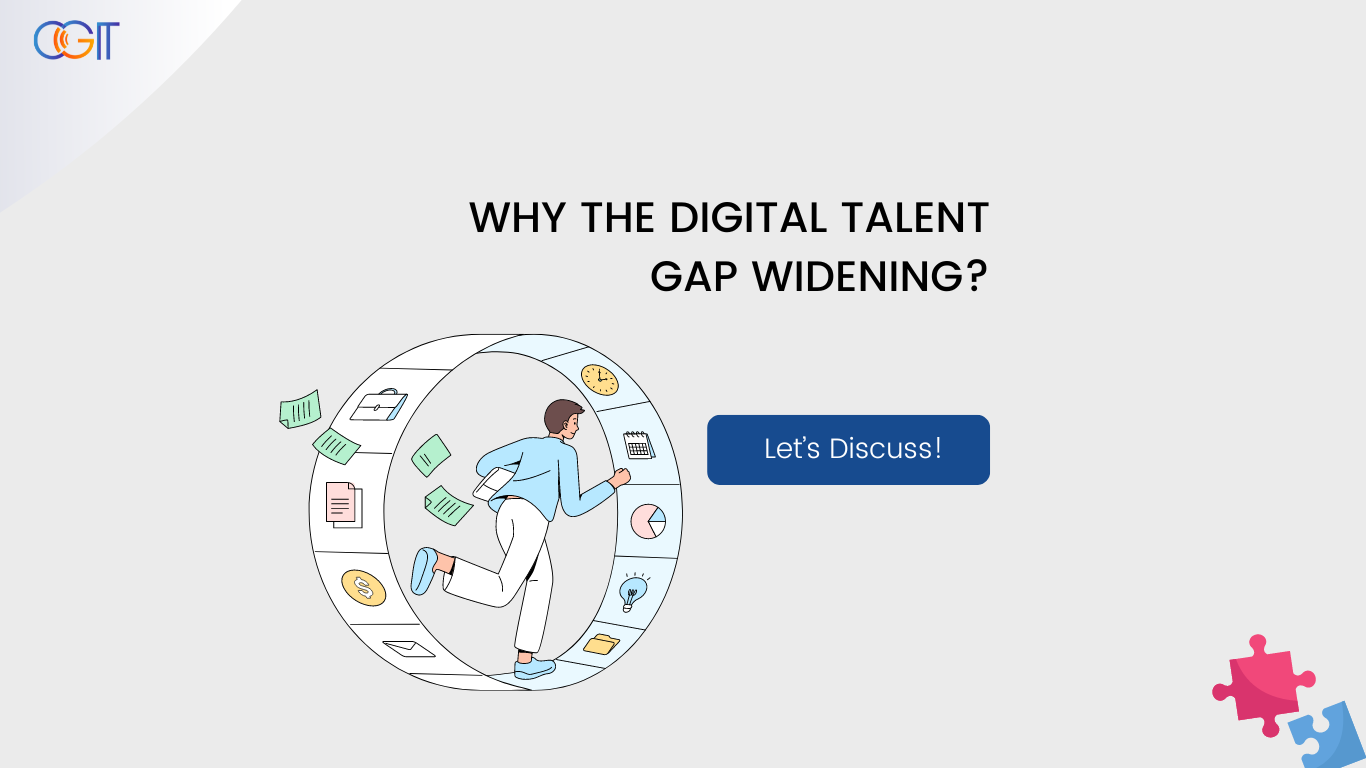In today's technology-driven world, the demand for digital skills is skyrocketing. From cloud computing to cybersecurity, the need for proficient tech professionals has never been greater. However, despite this surge in demand, there's a growing concern among businesses and policymakers alike: the digital talent gap is widening. This discrepancy between the skills required by the market and those available in the workforce poses significant challenges. In this article, we explore the causes and consequences of this widening gap and suggest potential solutions.
Causes of the Digital Talent Gap
Rapid Technological Advancements: The pace of technological innovation is staggering. Emerging technologies such as artificial intelligence (AI), machine learning, and blockchain are evolving so quickly that educational institutions and training programs struggle to keep up. As a result, there is a lag between the introduction of new technologies and the development of a workforce skilled in these areas.
Educational System Limitations: Many educational systems are not designed to respond quickly to the changing demands of the digital economy. Curricula often remain outdated, focusing on theoretical knowledge rather than practical skills. Furthermore, there is a shortage of educators with expertise in cutting-edge technologies, which hampers the ability to provide relevant and up-to-date training.
Insufficient Reskilling and Upskilling Initiatives: Companies and governments often lack robust reskilling and upskilling programs. As job requirements evolve, existing employees need opportunities to learn new skills. However, many organizations fail to invest adequately in continuous learning and development, leaving their workforce unprepared for technological shifts.
Geographical Disparities: The availability of digital talent varies significantly across regions. Urban centers and tech hubs tend to attract and cultivate more digital talent compared to rural areas or smaller cities. This geographical disparity exacerbates the talent gap, as businesses in less tech-savvy regions struggle to find skilled workers.
Changing Job Dynamics: The nature of work is changing, with more emphasis on hybrid roles that combine technical and soft skills. For instance, roles such as data scientists and cybersecurity experts not only require technical proficiency but also strong analytical and problem-solving abilities. The demand for these hybrid skill sets further widens the talent gap, as individuals with this combination of skills are scarce.
Consequences of the Digital Talent Gap
Reduced Competitiveness: Businesses that cannot find the digital talent they need may fall behind their competitors. This can lead to reduced innovation, slower growth, and ultimately, a weaker position in the market. For economies, this translates to reduced competitiveness on a global scale.
Increased Operational Costs: The scarcity of skilled digital professionals drives up salaries and benefits, increasing operational costs for businesses. Additionally, companies may need to invest heavily in training and development to bridge internal skill gaps, further straining their budgets.
Slower Digital Transformation: Digital transformation is critical for businesses to remain relevant and efficient. However, the lack of skilled talent slows down the implementation of new technologies and processes, delaying the benefits of digitalization.
Job Market Inequality: The digital talent gap contributes to job market inequality. Those with the necessary skills can command high salaries and job security, while those without are left behind, potentially facing unemployment or underemployment. This exacerbates income inequality and social disparities.
Economic Impact: At a macroeconomic level, the digital talent gap can hinder economic growth. A workforce that lacks the necessary skills to support emerging industries and technologies limits the overall productivity and innovation capacity of the economy.
Solutions to Bridge the Gap
Addressing the widening digital talent gap requires a multi-faceted approach involving collaboration between educational institutions, businesses, governments, and the tech community. Some potential solutions include:
Curriculum Enhancement: Educational institutions should update their curricula to ensure they are equipping students with the digital skills needed in today's job market.
Lifelong Learning Initiatives: Employers should invest in ongoing training and upskilling programs to help their employees stay abreast of the latest technological trends and developments.
Diversity and Inclusion Efforts: The tech industry must work towards creating a more inclusive and diverse workforce by removing barriers to entry and fostering a culture of belonging.
Partnerships and Collaborations: Businesses, governments, and educational institutions should collaborate to develop innovative solutions for addressing the digital talent gap, such as apprenticeship programs, mentorship initiatives, and industry-academic partnerships.
Conclusion
The widening digital talent gap poses a significant challenge for businesses and economies worldwide. However, by recognizing the root causes of this disparity and implementing proactive measures to address them, we can begin to bridge the gap and ensure a steady supply of skilled digital professionals for the future. It's time for stakeholders across the board to come together and invest in building the digital workforce of tomorrow.







